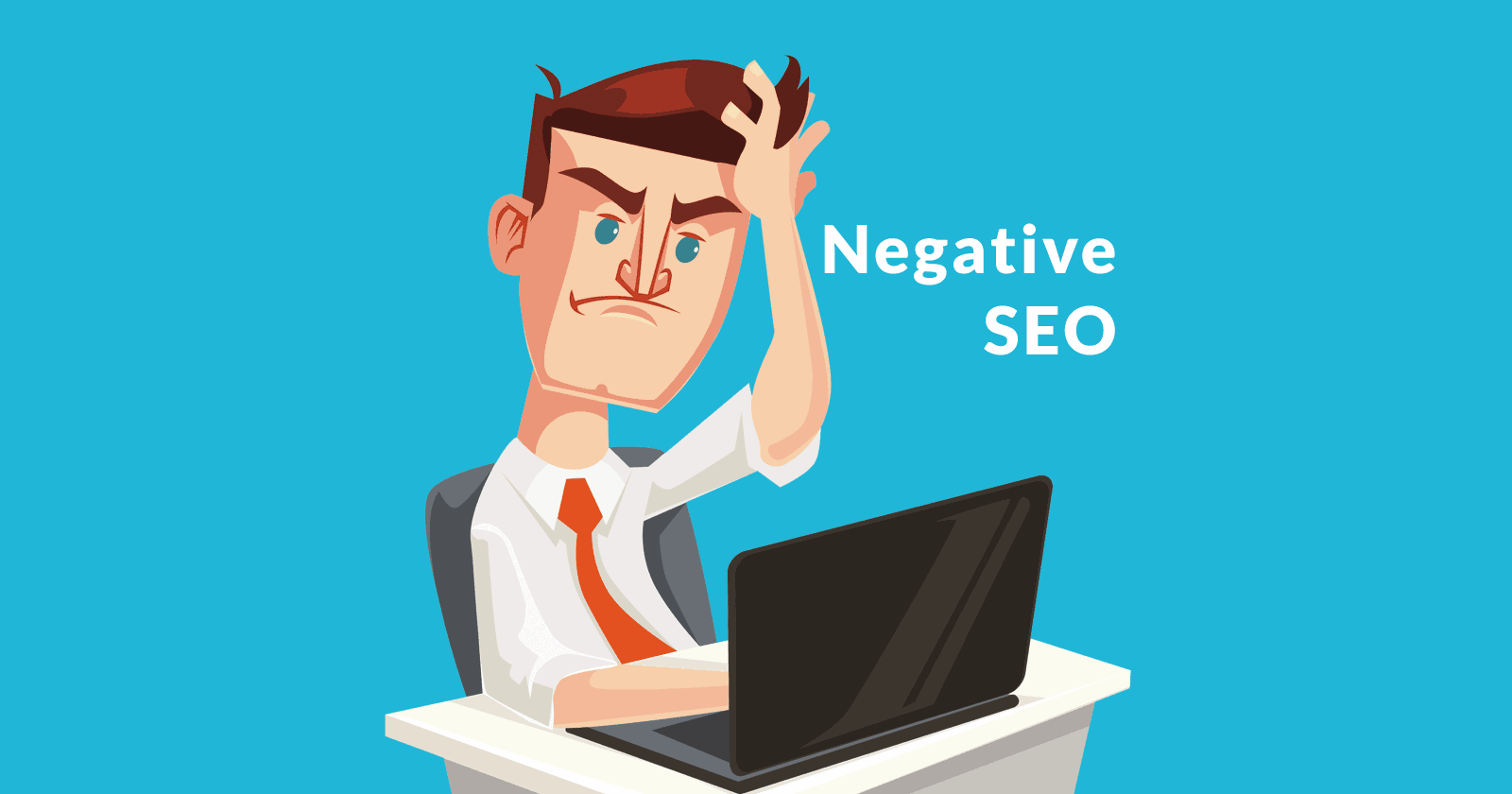There are several common techniques for fighting Negative SEO. These include Link farming, Scraping, Fake profiles, and Link removals. It’s important to follow the best practices to combat these practices. In addition to removing copied articles, you should also contact Google to report copyright infringement. You can check the copyright infringement report through your Google webmaster tools.
Link farming
There are many risks associated with link farming, including Google penalties, which can cause a site to drop in the rankings. These penalties can happen automatically or be triggered by a disgruntled visitor or competitor reporting your website. Once your site has received a penalty, it is difficult to reverse. Google is working to improve its ranking algorithm and will assess the quality of links to your site and how long they have been around. Poor quality links can lead to a severe penalty, affecting both outbound links and backlinks to your site.
Tech sites are often at risk of being targeted by link farms. Although many legitimate tech websites exist, it is important to keep in mind that many of these sites use unnatural links to boost their ranking. For example, TechCrunch is a legitimate domain, but its links are clearly from link farms. In addition, TechCrunch is not focused on providing information about technology. Its content revolves around health and business.
Scraping
The use of scrapers can cause negative SEO because they will automatically copy content and repost it without attribution. Because of this, Google will eventually de-rank the original website. To combat this, use a tool such as Copyscape to find scraped content. This can help you determine whether or not scraping is causing you problems.
Negative SEO attacks are typically targeted against startups and local businesses. These sites are more likely to have a small backlink profile and will be vulnerable to spammy and low-quality links. Having more than 50% of spammy links can be an indication that a website is trying to cheat its way to the top.
Link removals
The first step in getting rid of negative SEO links is to notify the owners of the site of the links. This can be a challenging process, especially if the site owner is not immediately accessible. Setting up notifications of downed links can help you contact other webmasters quickly and take the appropriate action. If you can track down the person responsible for the removal of your link, you may be able to prevent it from happening again.
Another important step in preventing the negative effects of backlinks is disavowing the offending links. This procedure has been recommended by Google as a way to remove the link from your website. However, it is very time-consuming and requires some diligence on your part.
Fake profiles
The use of fake profiles is one of the most common negative SEO tactics. These fake profiles are often used to spread spam, fake news, and bad impressions of brands and businesses. As any business active on the internet knows, a single negative review can have devastating effects. In order to combat these attacks, you need to know how to spot fake profiles.
A common example of fake profiles is those created by hackers or black hat SEO practitioners to attack a competitor’s business. These malicious attacks can destroy a website’s reputation and ranking. It is best to avoid these attacks by hiring a legitimate SEO agency.
Google’s official statement on negative SEO
Google has acknowledged the problems of negative SEO, but this is not the same as bad backlinks. Negative SEO is a more complex problem, which involves black hat SEO techniques on other sites that can hurt your site. Fortunately, there are some steps you can take to prevent negative SEO.
To begin, you should monitor your website’s backlinks and traffic closely. If any of these links are suspicious, you should remove them. Google has a disavow tool that allows you to remove these links. Using this tool can help you mitigate the problems associated with negative SEO.
Tools to detect negative SEO
Detecting negative SEO is an important aspect of online marketing. Using tools such as backlink checkers and disavow files can help you identify spammy links and other forms of negative SEO. Once you have identified these harmful links, you can either manually review them to remove them or use a backlink checker to conduct a regular recrawl. This can help you monitor the links to your website and make adjustments as needed.
Detecting negative SEO is especially important for younger niche sites. For example, a website may suffer from negative SEO by being targeted by spammers who set up fake social media accounts, write fake reviews, or post links to irrelevant sites. These negative SEO tactics can be very detrimental to your ranking and reputation, so it is vital that you take steps to mitigate them as early as possible. Google’s disavow tool, introduced in October 2012, can help you determine if your website is being attacked by spammers and other online marketers.
